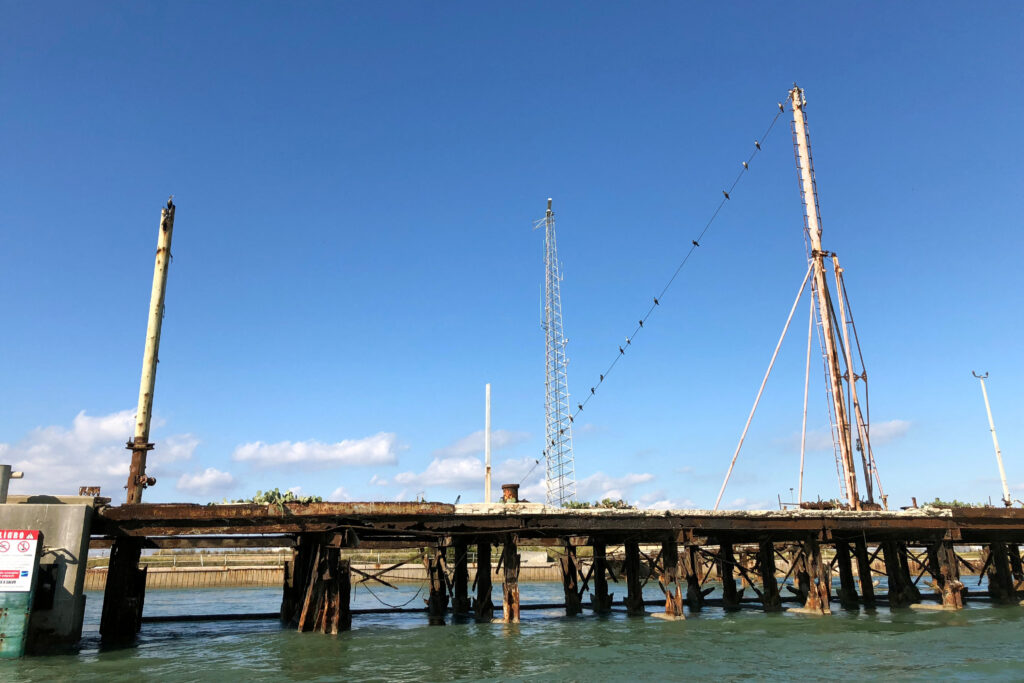Oil prices rose Tuesday, boosted by signs of cooling inflation in the U.S. as well as the International Energy Agency lifting its demand growth forecasts.
By 09:30 ET (14.30 GMT), the U.S. crude futures traded 1% higher at $79.06 a barrel, while the Brent contract climbed 1% to $83.30 a barrel.
Cooling U.S. inflation boosts crude
Data released earlier Tuesday showed that U.S. headline inflation growth slowed by more than expected in October, rising by 3.2% on an annualized basis, decelerating from a rate of 3.7% in September. It was the yearly reading’s first decline in three months. Month-on-month, the measure came in at 0.0%, down from 0.4%.
Economists had seen the figures at 3.3% annually and 0.1% from the prior month.
Bringing inflation back down to the Fed’s 2% target rate has been the major objective of a long-standing series of interest rate hikes by the central bank, and this cooling has raised expectations that the U.S. central bank may have reached peak interest rates after pausing its hiking cycle earlier this month.
The cessation of interest rate hikes is likely to help economic activity, and thus crude demand, in the world’s largest economy and biggest energy consumer.
Additionally, the U.S. dollar slumped around 1% following the CPI data, making crude, which is denominated in the U.S. currency, cheaper for foreign buyers.
IEA lifts oil demand growth forecasts
The crude market had received a boost earlier Tuesday after the IEA raised its oil demand growth forecasts for this year and next despite slower economic growth in nearly all major economies.
The IEA now expects world demand to rise by 2.4 million barrels per day in 2023, up from 2.3 million barrels previously, and by 930,000 barrels per day in 2024 from 880,000 barrels.
The IEA joins the Organization of the Petroleum Exporting Countries in raising its oil demand growth forecast for 2023, after OPEC made its move on Monday.
“For now, with demand still exceeding available supplies heading into the Northern Hemisphere winter, market balances will remain vulnerable to heightened economic and geopolitical risks – and further volatility ahead,” the IEA said in a monthly report.
Adding to the positive sentiment, the U.S. energy department announced plans to buy 1.2 million barrels of oil to help to replenish the Strategic Petroleum Reserve after selling record volumes from the stockpile last year.
Economic growth concerns remain
The crude market had been nursing steep losses over the past three weeks, hit chiefly by concerns over sluggish demand after a string of weak economic readings from China, the U.S. and the euro zone.
These worries remain, with data on Tuesday showing eurozone gross domestic product shrank 0.1% in July-September from the previous three months, pointing to a shallow recession, if a weak fourth quarter follows as early indicators suggest.
There is more Chinese data to digest overnight, with retail sales and industrial production numbers expected to show the world’s second largest economy remains in a fragile state.



